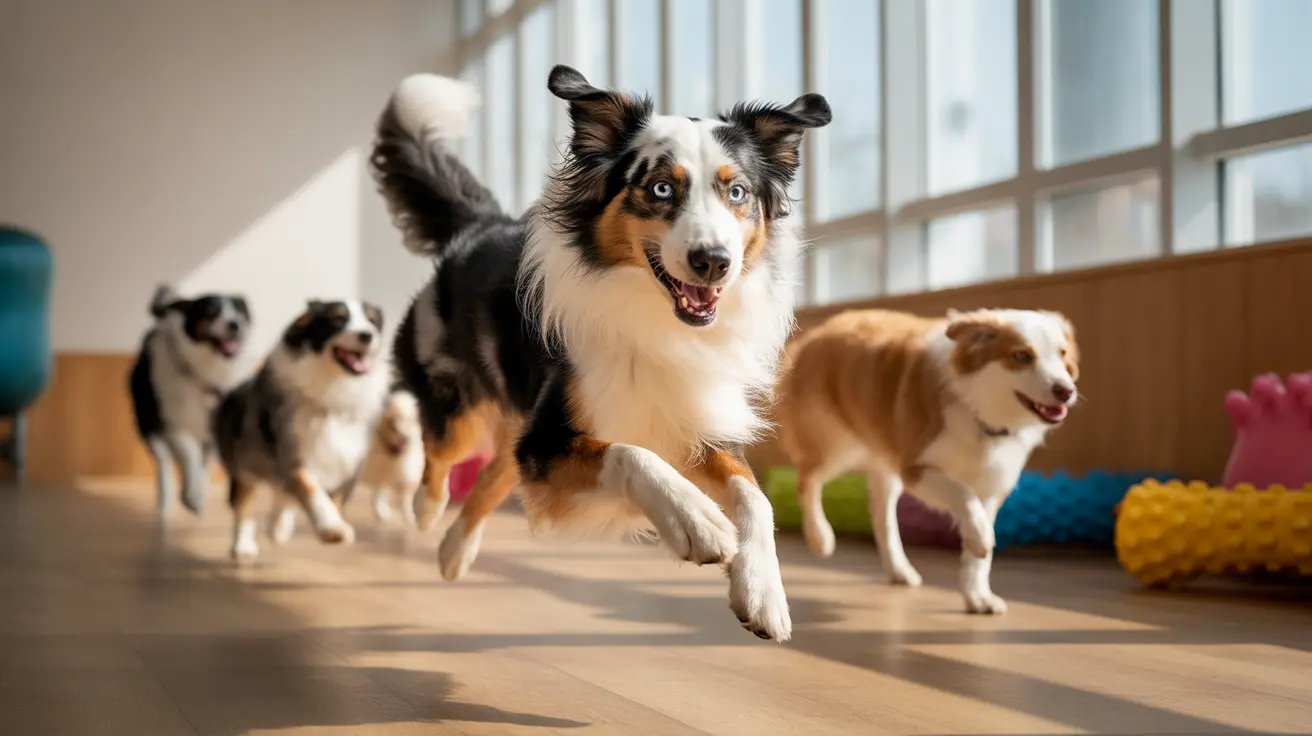Why Recall Is the Hardest Command to Teach Your Dog
For any dog owner, training commands like "sit," "stay," or "down" may seem straightforward with time and patience. However, one command consistently stands out as the most difficult to master: recall—getting your dog to come to you reliably under all circumstances. Successfully teaching a recall command requires overcoming a variety of challenges related to distraction, motivation, and consistency. Here's why, and how you can approach this crucial but tricky training goal.
Why Recall Is So Challenging
- Distractions: The world is full of enticing distractions—other dogs, new smells, moving objects—that easily outweigh a dog’s motivation to return to you.
- Inconsistent Rewards: If your rewards aren't meaningful or timed well, your dog won’t associate coming back with a positive outcome.
- Negative Associations: If calling your dog means something unpleasant—like ending playtime or taking a bath—your dog will start avoiding recall cues.
- Generalization Difficulty: Dogs often don’t realize that a cue in one place applies elsewhere. They may obey “come” at home but ignore it at the park.
Common Mistakes in Teaching Recall
- Repeating the Cue: Nagging your dog with repeated "come" commands teaches them that the first cue doesn’t require a response.
- Punishing After Recall: If a dog is punished after obeying the recall (even for arriving slowly), they associate coming with negative consequences.
- Lack of Consistency: Changing cues or signaling in different ways can confuse your dog and slow their learning.
- Using Boring Rewards: When rewards don’t match the level of the challenge, your dog may not feel motivated to respond.
Tips for Teaching a Strong Recall
- Make It Fun: Use a happy, high-energy tone and make coming to you the most exciting option. Singsong voices and celebrating your dog’s arrival build enthusiasm.
- Start Small: Begin training recall in a distraction-free environment. Increase distance, duration, and distractions slowly and one at a time (a process known as "proofing").
- Use High-Value Rewards: For recall training, choose the tastiest treats or most exciting rewards like toys or games. Match the reward to the challenge.
- Reward Immediately: Timing is critical. Reward the dog the moment they arrive to ensure they associate the reward with the desired behavior.
- Don’t Pair Recall With Unpleasant Events: Avoid calling your dog only when something undesired will happen (e.g., ending playtime). Mix recall into fun moments.
- Practice Daily: Short, regular training sessions—about 5–10 minutes—are more effective than occasional long drills.
- Use a Marker: Bridge the behavior and the reward using a clicker or a word like “yes” when your dog begins to head toward you.
- Only Say It Once: Give the cue once. If ignored, get your dog’s attention first using their name, then reissue the command.
Advanced Strategies
- Random Reinforcement: Once the behavior is reliable, shift to rewarding randomly. This maintains unpredictability and excitement, strengthening the response.
- Involve Others: Get family or friends to help with recall exercises in various environments.
- Change Environments: Train in new locations like parks, sidewalks, or beaches to generalize the behavior across environments.
- Avoid Cue Poisoning: Never use the recall cue for undesired actions like discipline or nail clipping. Keep the command sacred and positive.
Signs of Trouble
If your dog yawns, sniffs the ground, or looks away during training, they may be stressed or confused. Take breaks when needed and return later with a positive attitude.
Final Thoughts
Recall is the most difficult yet one of the most important commands a dog can learn. A reliable recall can keep your dog safe in off-leash situations and solidifies your communication. With the proper technique, patience, and positive reinforcement, you can build a recall that your dog obeys every time, even in the face of tempting distractions.





